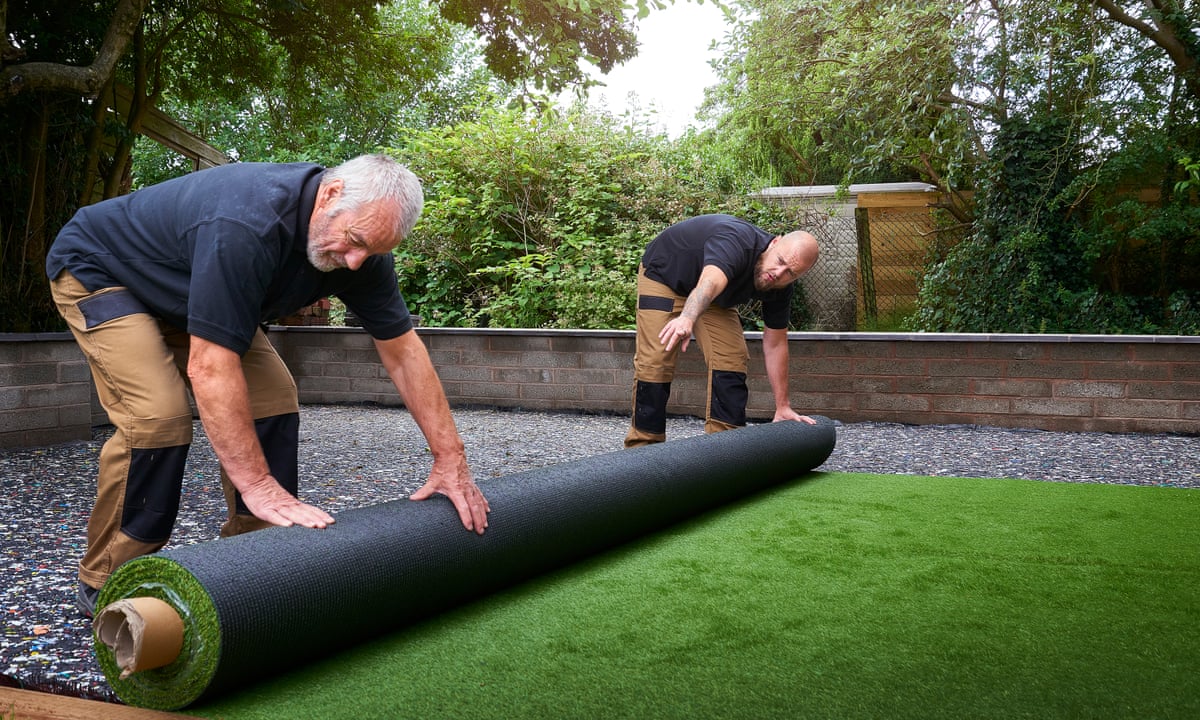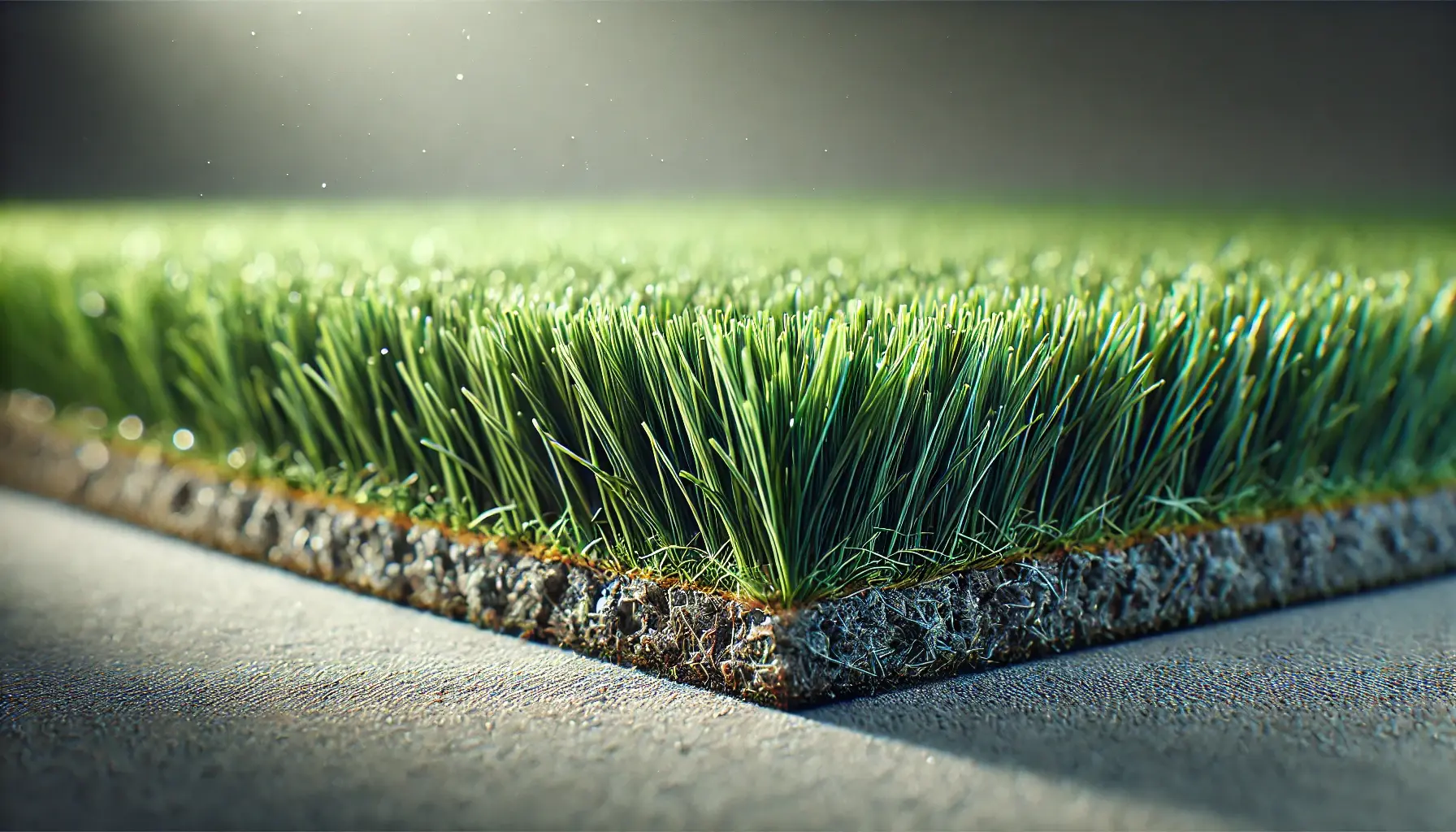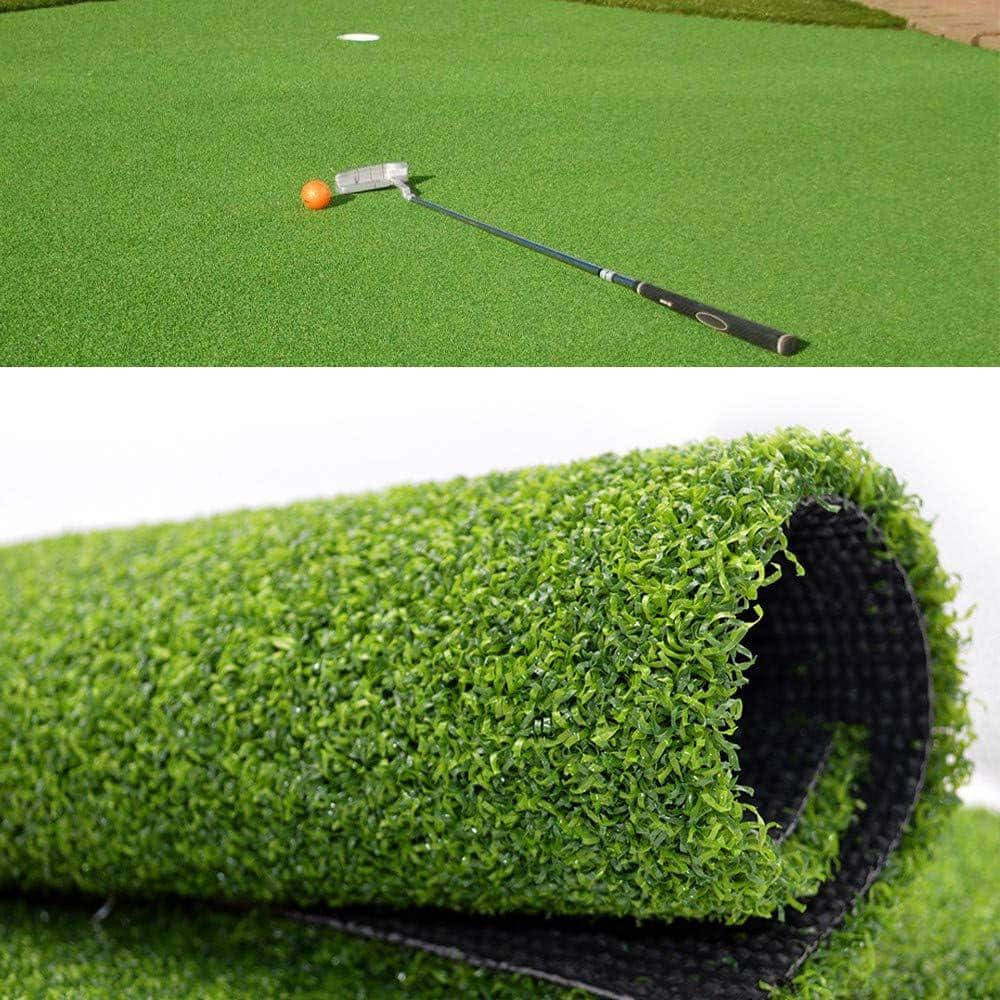Dependable Artificial Turf Companies Phoenix for a Attractive and Green Lawn
Dependable Artificial Turf Companies Phoenix for a Attractive and Green Lawn
Blog Article
Delve Into the Environmental Benefits of Opting for Synthetic Grass Solutions
The adoption of synthetic grass solutions provides an engaging possibility to resolve pressing environmental obstacles. By significantly decreasing water usage and minimizing the application of hazardous chemicals, these choices not just promote lasting landscaping but additionally safeguard neighborhood ecological communities. The lower carbon impact linked with lowered upkeep activities contributes to an extra lasting strategy to land monitoring. The effects of these benefits prolong past mere conservation initiatives, raising concerns concerning their long-lasting influence on habitat preservation and total ecological equilibrium. Exploring these measurements exposes a complex interaction worth thinking about.
Water Conservation Conveniences
One of one of the most considerable advantages of man-made lawn is its capacity to conserve water. Conventional lawn yards call for significant irrigation, particularly in areas susceptible to dry spell or water constraints. On the other hand, artificial grass does not need watering, significantly decreasing the total demand for water sources. This feature is specifically useful in deserts where water scarcity is a pressing concern.
By getting rid of the need for normal watering, synthetic grass adds to sustainable landscape techniques and assists mitigate the environmental impact of too much water consumption. The conservation of water expands to the decrease of runoff, which can lead to dirt disintegration and waterway pollution.
In addition, the installation of synthetic grass enables communities and home owners to assign water resources a lot more effectively, concentrating on crucial uses such as alcohol consumption water and farming. The shift in the direction of artificial lawn not just promotes accountable water use however additionally lines up with wider ecological goals focused on protecting natural resources.
As areas progressively prioritize sustainability, the water preservation advantages of synthetic grass present a compelling case for its adoption in domestic and industrial landscape design jobs.
Lowered Chemical Use
The shift to synthetic grass dramatically lowers the dependence on chemical therapies frequently utilized in natural turf maintenance. Conventional grass management commonly entails the application of herbicides, chemicals, and plant foods to promote development and control pests. These chemicals can pose threats to human health, neighborhood wild animals, and the setting, adding to dirt and water contamination.
In comparison, synthetic lawn gets rid of the need for these unsafe substances. By decreasing the release of artificial compounds right into the environment, artificial grass promotes much healthier soil and water systems.
Additionally, the absence of chemical drainage connected with synthetic grass setups helps shield regional rivers from air pollution, supporting aquatic life and preserving biodiversity. Arizona artificial turf. As neighborhoods significantly prioritize sustainable techniques, deciding for fabricated grass offers a viable solution that straightens with environmental preservation objectives. Through this change, homeowner can appreciate rich green rooms without compromising eco-friendly wellness, paving the method for a much more lasting future
Lower Carbon Footprint

Moreover, the installment of artificial lawn can lead to considerable water conservation. Natural lawns need substantial amounts of water for watering, which not just includes in the carbon impact related to water extraction and treatment yet additionally pressures local water sources. In comparison, artificial turf requires very little upkeep, needing no watering, therefore significantly decreasing water usage and its connected energy expenses.
Furthermore, the durability of man-made grass adds to its decreased carbon effect. With a life-span of approximately 15 years or even more, the requirement for regular replacements is decreased, leading to less waste and lower power intake in production and getting rid of standard lawn options. In general, man-made grass presents a sustainable option for environmentally conscious landscape design.
Environment Preservation
Habitat preservation is a crucial factor to consider in the dispute over landscape design selections, particularly when comparing synthetic lawn to natural turf. All-natural grass lawns frequently need substantial maintenance, including making use of fertilizers, pesticides, and herbicides, which can adversely impact local environments. These chemicals can seep into the soil and rivers, damaging native vegetation and fauna and disrupting regional habitats.
On the other hand, synthetic grass provides a possibility to decrease the eco-friendly footprint of landscape design. By going with artificial turf, house owners can reduce the disturbance of natural environments related to conventional yard treatment practices. Synthetic grass eliminates the demand for damaging chemicals, therefore safeguarding neighboring wild animals and maintaining the stability of bordering communities. Additionally, the installation of synthetic grass can cause the conversion of previous turf locations into even more biodiverse landscapes, such as pollinator yards or indigenous plant areas, which can browse this site sustain regional wild animals.
Eventually, the shift to synthetic grass not just preserves water and lowers upkeep initiatives but likewise cultivates a more unified partnership between human tasks and the all-natural setting, promoting habitat preservation at the same time.
Long-Term Sustainability
Long-term sustainability is a vital variable in examining the advantages of synthetic turf over traditional yard yards. One of the most significant advantages of synthetic grass is its resilience; it can last up to 15-20 years with minimal maintenance, whereas natural yard requires regular reseeding and substitute. This longevity reduces the demand for consistent resources, such as water, plant foods, and chemicals, which are vital for keeping a healthy and balanced turf lawn.
Additionally, synthetic grass adds to a reduction in carbon emissions connected with lawn treatment tools. Typical grass often call for gas-powered lawn mowers, trimmers, and find here blowers, all of which contribute to air pollution. Phoenix turf companies. On the other hand, synthetic grass eliminates the requirement for such devices, advertising a cleaner setting
Furthermore, the manufacturing of synthetic grass increasingly makes use of recycled materials, improving its sustainability account. As makers adopt eco-friendly techniques, the environmental impact of fabricated grass remains to reduce.

Verdict
The fostering of synthetic grass remedies offers significant environmental advantages, including considerable water preservation, reduced reliance on dangerous chemicals, and a lower carbon impact. Moreover, synthetic grass help in protecting all-natural environments by you can look here minimizing land disruption and advertising lasting sustainability via the usage of sturdy products. Jointly, these aspects highlight the possibility of synthetic grass to add positively to environmental wellness and supply a practical alternative to standard landscaping techniques in a significantly resource-conscious globe.
In contrast, artificial turf does not need watering, significantly reducing the total demand for water resources. By lessening the launch of artificial compounds into the environment, fabricated grass promotes healthier dirt and water systems.
Furthermore, the setup of fabricated turf can result in considerable water preservation. In comparison, artificial grass requires marginal maintenance, calling for no watering, thus significantly decreasing water usage and its connected energy expenses.

Report this page